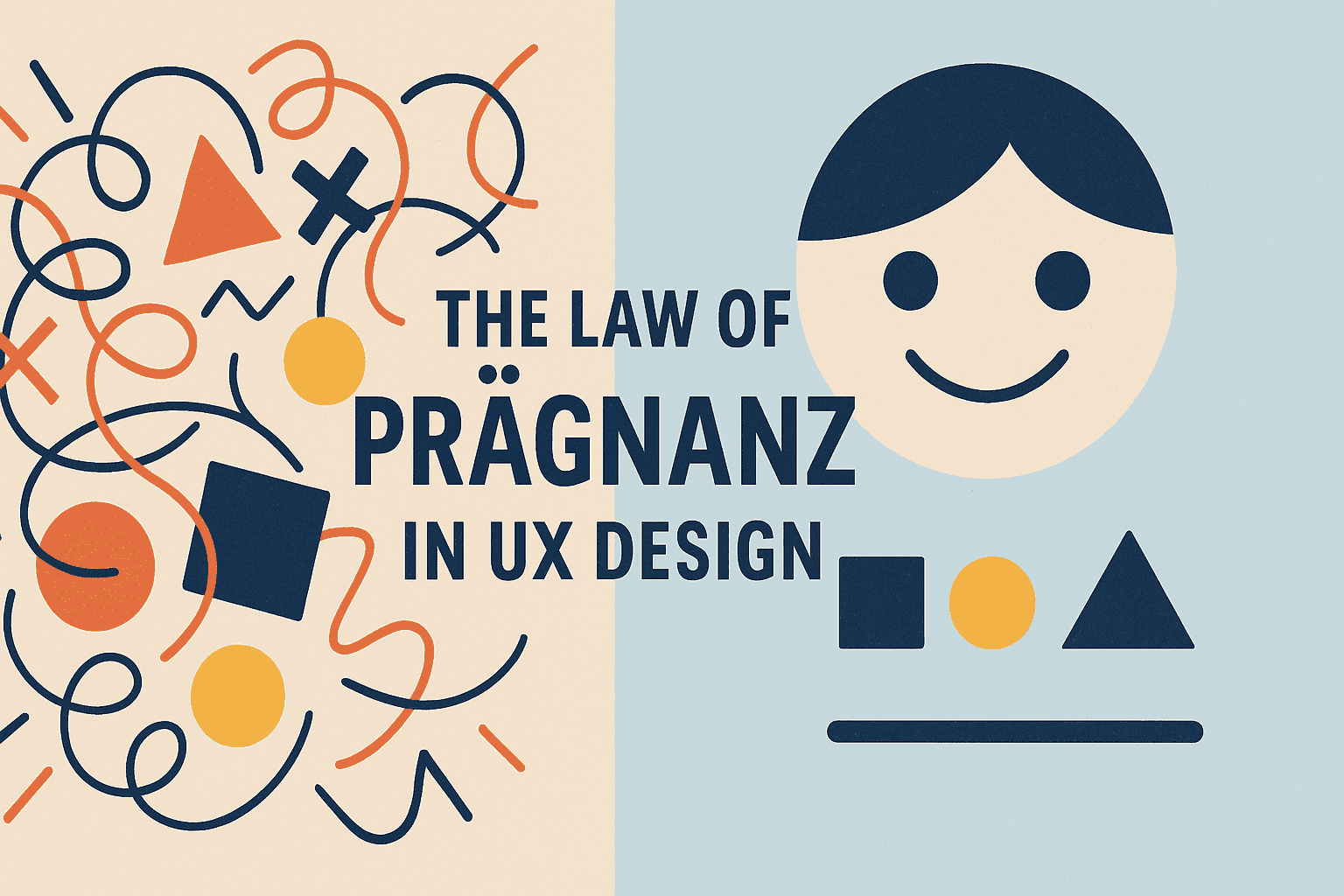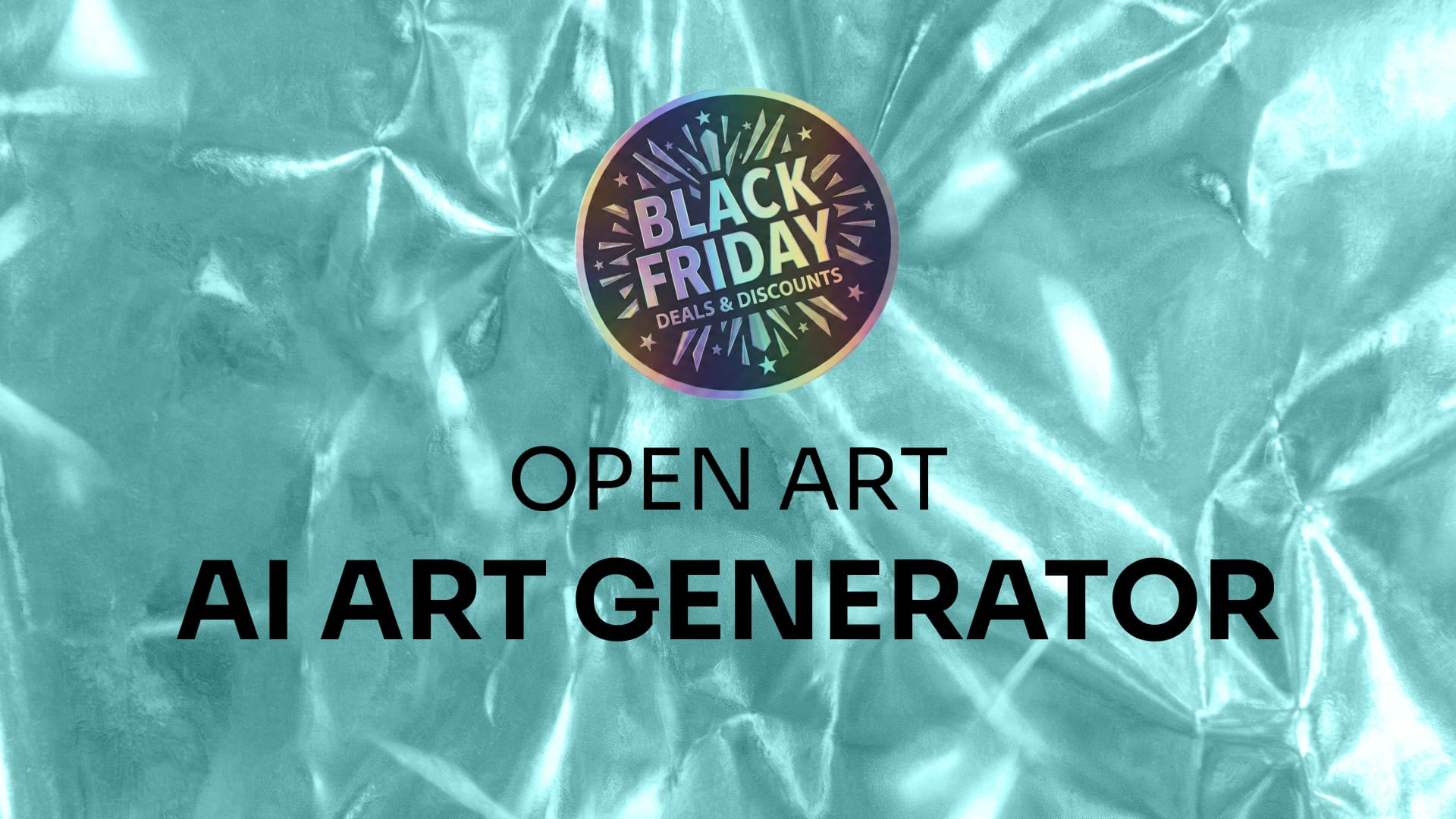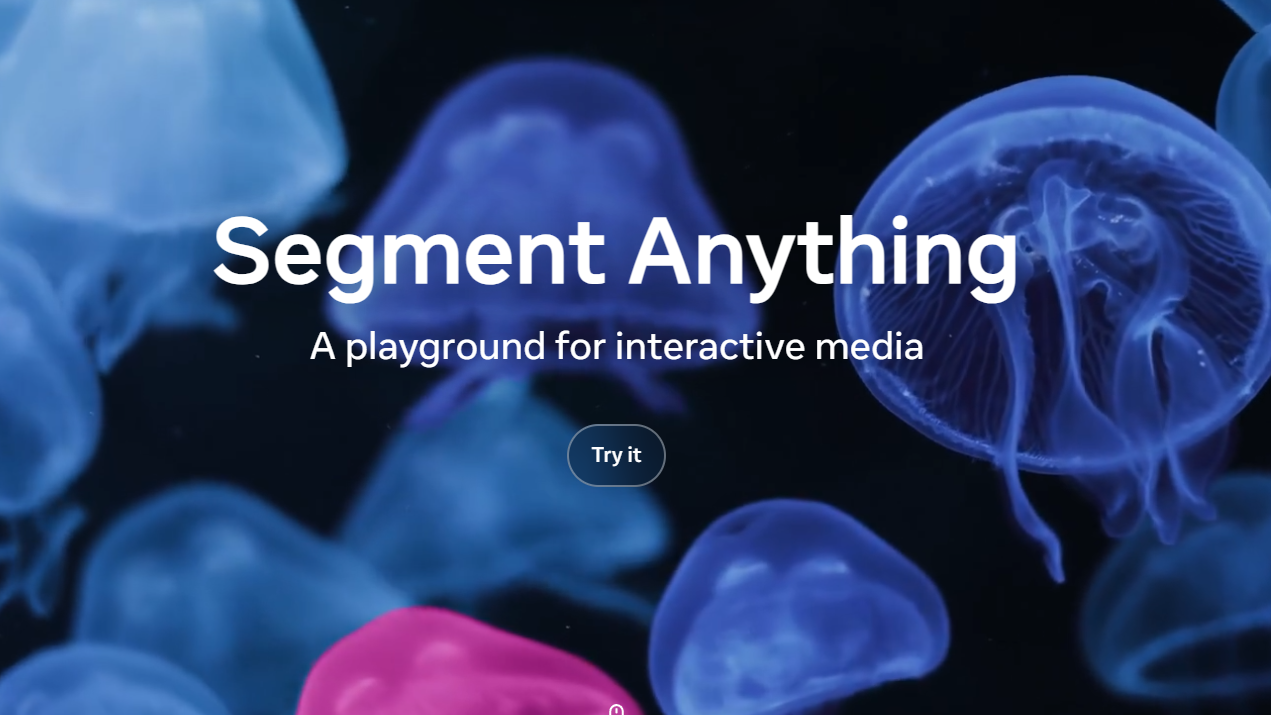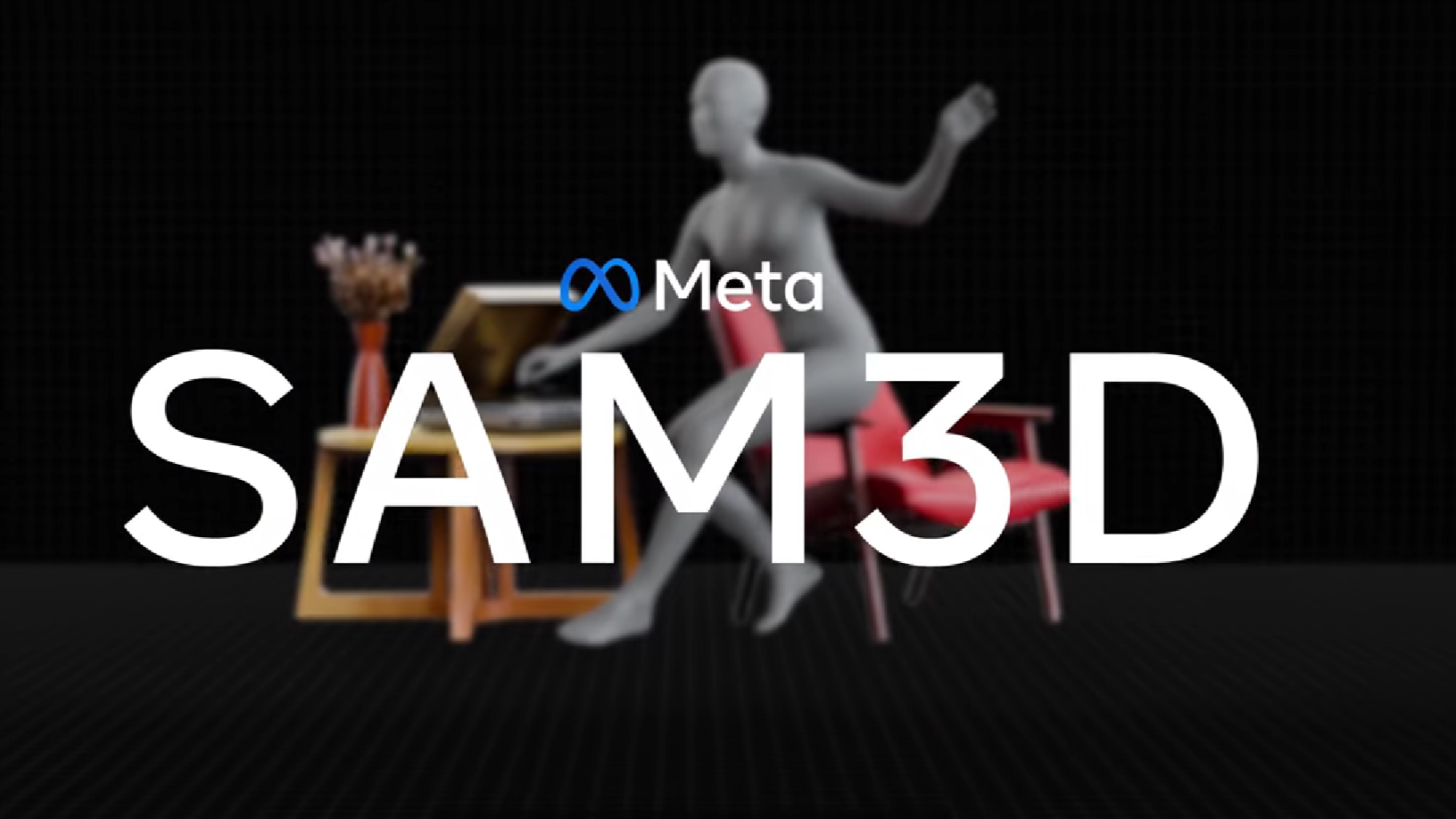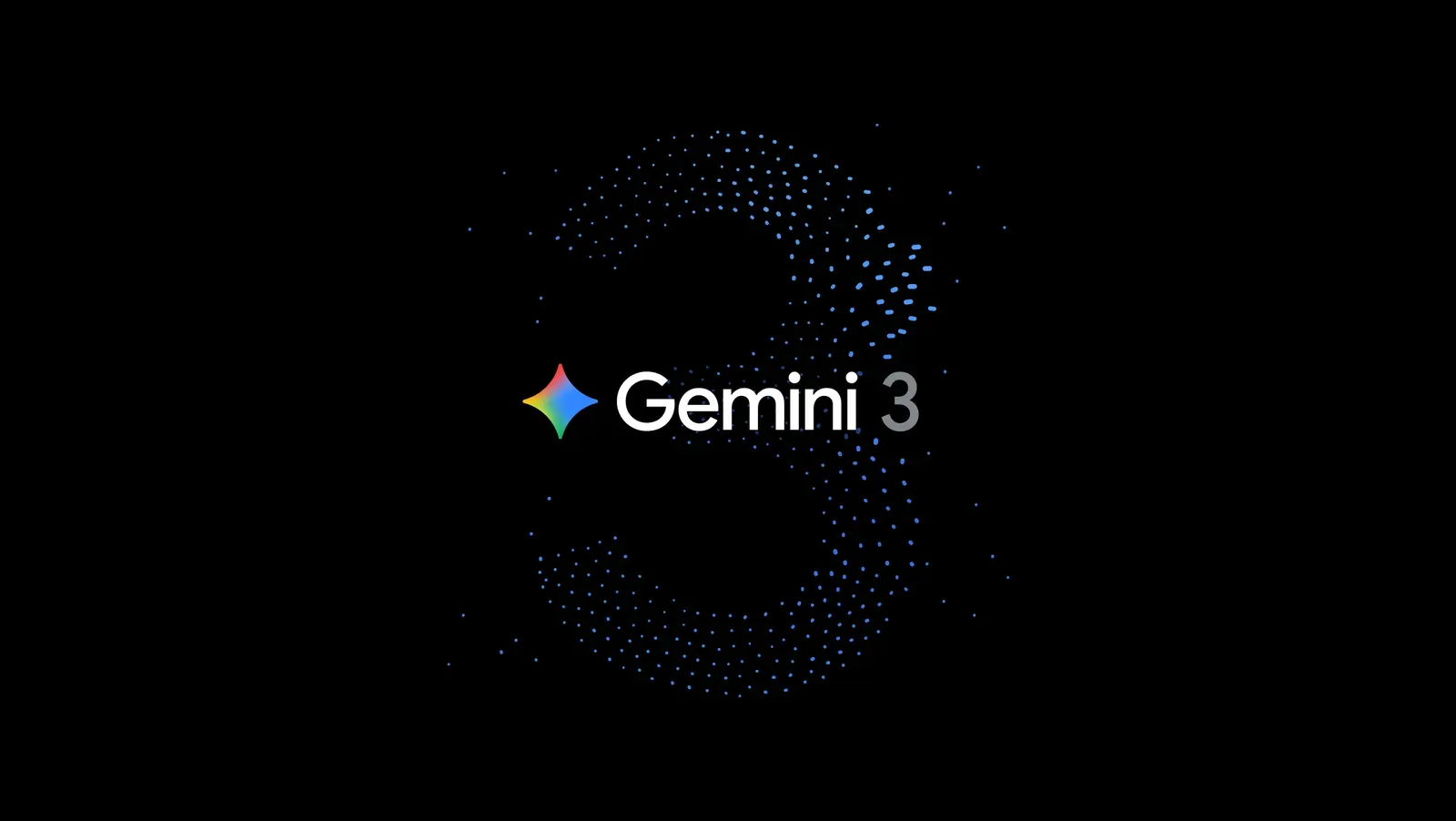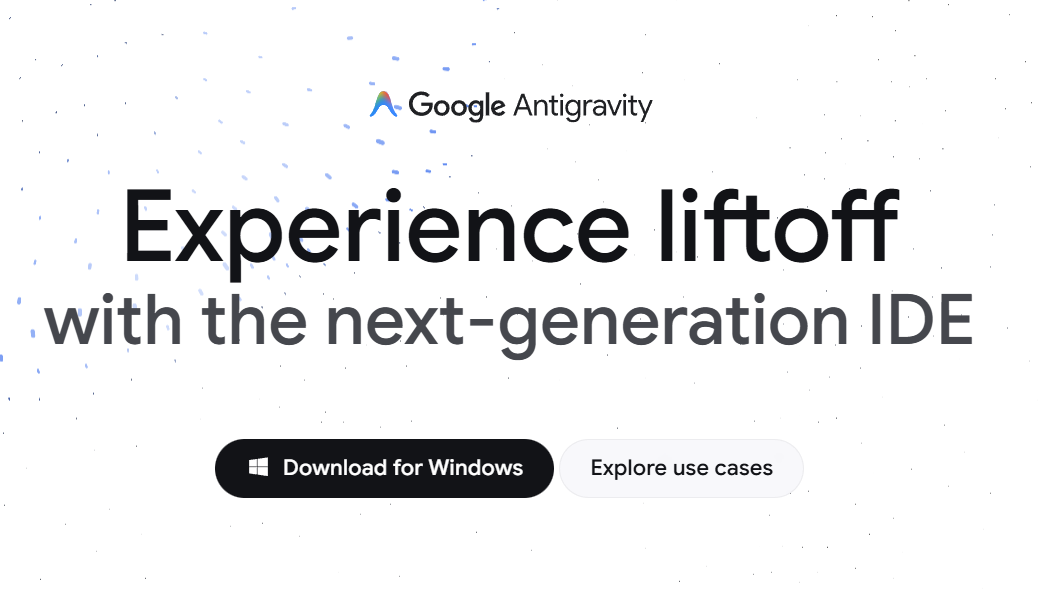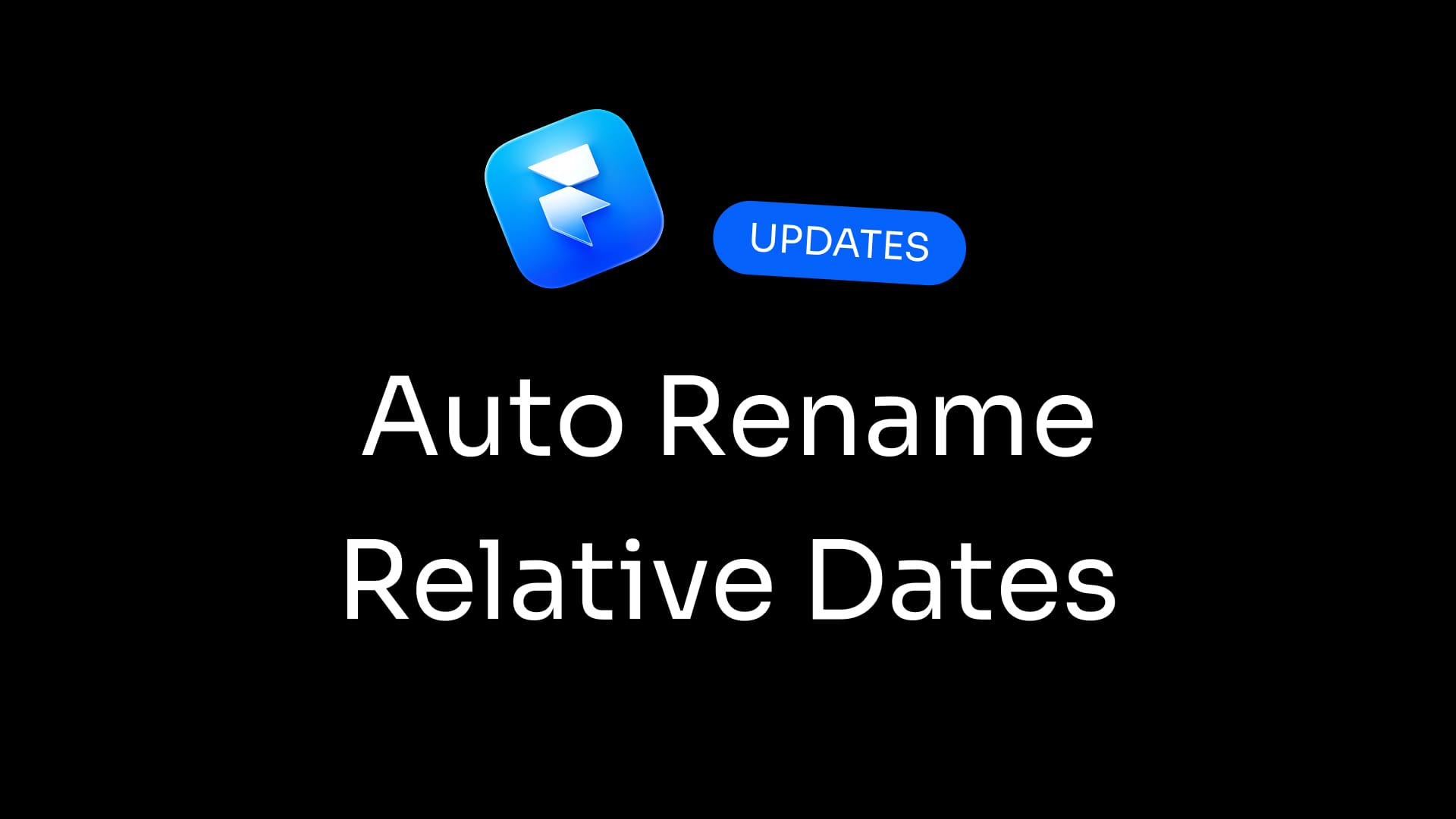You're navigating a website, and suddenly, you're bombarded with a cacophony of colors, buttons, and text. It's like a digital jungle gym, and you're not sure whether to click, scroll, or just run away screaming. Welcome to the world where the Law of Prägnanz is MIA. It's a similar feeling to experiencing Choice Overload in UX.
The Law of Prägnanz: Simplicity is the Ultimate Sophistication
The Law of Prägnanz, a cornerstone of Gestalt psychology, posits that people will perceive and interpret ambiguous or complex images as the simplest form possible. In layman's terms, our brains are wired to prefer simplicity and order over chaos and complexity. Considering other Gestalt Principles? Check out Law of Proximity in UX Design and the Law of Similarity in UX Design for a better understanding of visual grouping.
Real-World Examples: Where Prägnanz Shines
1. Google's Homepage
Google's homepage is the epitome of simplicity. A logo, a search bar, and a couple of buttons. No distractions, no clutter. It's like the Marie Kondo of web design—only the essentials that spark joy. Thinking about visual appeal? Don't underestimate the Aesthetic Usability Effect.
2. Apple's Product Design
Apple's design philosophy revolves around simplicity and clarity. From the sleek lines of the iPhone to the intuitive interface of iOS, Apple products are a masterclass in applying the Law of Prägnanz.
3. Airbnb's User Interface
Airbnb's platform uses clean lines, ample white space, and intuitive navigation to create a user-friendly experience. The design simplifies the complex process of booking accommodations into a few easy steps. Read about Airbnb's recent update in More Than Just BNB: Airbnb 2025 Summer Release.
The Pros: Why Prägnanz is Your UX BFF
- Enhanced Usability: Simplified designs are easier to navigate, reducing user frustration and increasing satisfaction. This directly relates to reducing Cognitive Load in UX.
- Faster Cognitive Processing: Users can quickly understand and interact with the interface, leading to a more efficient experience. Consider how Doherty's Threshold in UX Design applies here.
- Increased Aesthetic Appeal: Clean, organized designs are visually pleasing and can enhance brand perception.
The Cons: When Simplicity Becomes Oversimplification
- Loss of Important Details: Stripping down too much can lead to the omission of essential information, hindering user understanding. This can contradict Tesselar's Law.
- Reduced Engagement: Overly simplistic designs may fail to capture user interest or convey the brand's personality.
- Potential for Misinterpretation: Users might misinterpret overly abstract or minimalistic elements, leading to confusion.
When to Use the Law of Prägnanz
- Designing for Quick Interactions: When users need to complete tasks swiftly, simplicity aids in faster decision-making. Remember Fitts's Law in UX Design for easy targeting.
- Creating Universal Interfaces: Simplified designs are more accessible and can cater to a broader audience.
- Enhancing Mobile Experiences: Limited screen real estate necessitates a focus on essential elements.
When to Reconsider Applying Prägnanz
- Complex Applications: In scenarios requiring detailed information, oversimplification can hinder functionality.
- Niche Audiences: Specialized user groups might require more detailed interfaces tailored to their specific needs.
- Brand Differentiation: Sometimes, a more elaborate design can help a brand stand out in a crowded market. Thinking of a different branding? Use AI Logo Generators.
Further Reading: Deepen Your Understanding
- Law of Prägnanz in UX Design - GeeksforGeeks
- The Law of Prägnanz: Designing for Simplicity | Medium
- The Law of Prägnanz in UX Design - Yarsa DevBlog
Final Thoughts: Keep It Simple, But Not Simplistic
The Law of Prägnanz is a powerful tool in the UX designer's arsenal. However, like all tools, it must be used judiciously. Strive for simplicity, but ensure that it doesn't come at the cost of functionality or user engagement. Remember, the goal is to make the user's journey as intuitive and enjoyable as possible—not to turn your interface into a minimalist art exhibit. Remember Occam's Razor!
So, the next time you're designing a user interface, channel your inner minimalist—but don't forget to pack the essentials. After all, even a Zen monk needs a bowl to eat from. Learn more about design through UI/UX Youtube Channels
We should also consider Chunking in UX design to organize information.



